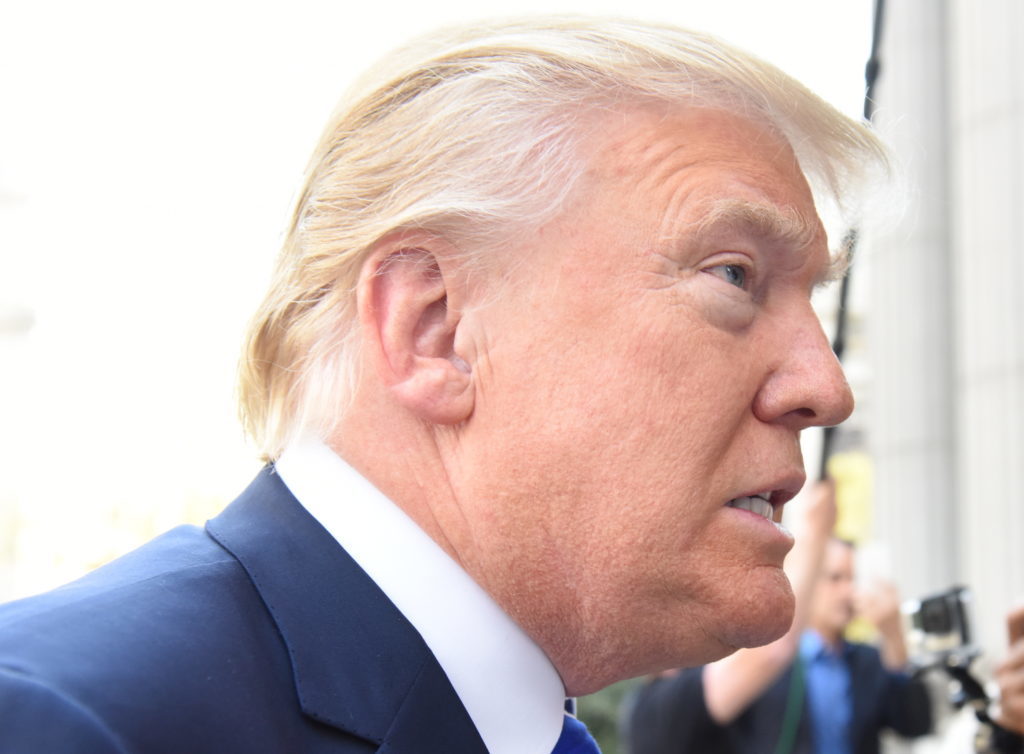Panicked hysteria all around

I’d been wondering why so many people on social media were so panicked today about the prospect of Wisconsin in the 2020 election. Then I caught a moment of MSNBC and realized why: they’ve spent the day overhyping a single new poll out of Wisconsin, which has Donald Trump winning the state over any Democratic candidate, by almost laughably huge margins.
This poll is obviously, and almost painfully, an outlier. All you have to do is look at other polling out of the same state to see this. But the polling averages – which show that Donald Trump is behind in the key swing states with a chance of winning them but not a good one – are rarely ever mentioned by the media. They’re too boring, too expected. If the media wants people to remain tuned in while it’s reporting on something as nerdy as the polls, it has to find a way to get shock value out of it. So it takes this laugh-out-loud Wisconsin poll and presents it as if it were not only a legitimate poll, but the only poll going on. Just how absurd is this on the media’s part?
Imagine you’re a scientist. You conduct an experiment in which you flip a coin ten times. It comes up heads seven of those times. You’re going to interpret that as a mere anomaly, to be ignored unless it’s repeatable. You then flip that same coin a hundred more times, and it starts to even out between heads and tails. Then you know that your coin is indeed just like any other normal coin.
Now imagine the media sees the entirety of your results, and decides to only report on those first ten coin flips. Then imagine the media takes it further by insisting that your data means that coins have fundamentally changed, and they now come up heads 70% of the time. Most viewers take this nonsense at face value, because it’s coming from their favorite TV channel. Then eventually they figure out that coins are still indeed coming up heads 50% of the time. So they conclude that the coin-flipping scientists are full of crap.
This is precisely how the media (intentionally) misreports polling data in order to create the most shocking scenario possible. And when the public eventually sees election results that are way out of whack with how the polls were reported on TV, they don’t blame their TV. Instead they decide the polls aren’t reliable – without even knowing that the polling averages usually end up being proven accurate.
How can this be corrected? In some sense, it can’t. Major media outlets are multimillion dollar for-profit corporations that exist to generate ratings and page views, and that only happens when they push narratives that capture people’s attention. Polling averages, which don’t usually change much, don’t drive ratings. The media will keep using outlier polls to cheat its way to ratings, as long as you keep staying tuned in. The only real way to push back against this is to turn it off whenever segments about poll numbers are on, because those are usually fiction. If you must watch, just keep in mind that these segments exist for no other reason than to scare you into believing that if you switch the channel, Trump will magically have become emperor by the time you switch back.
